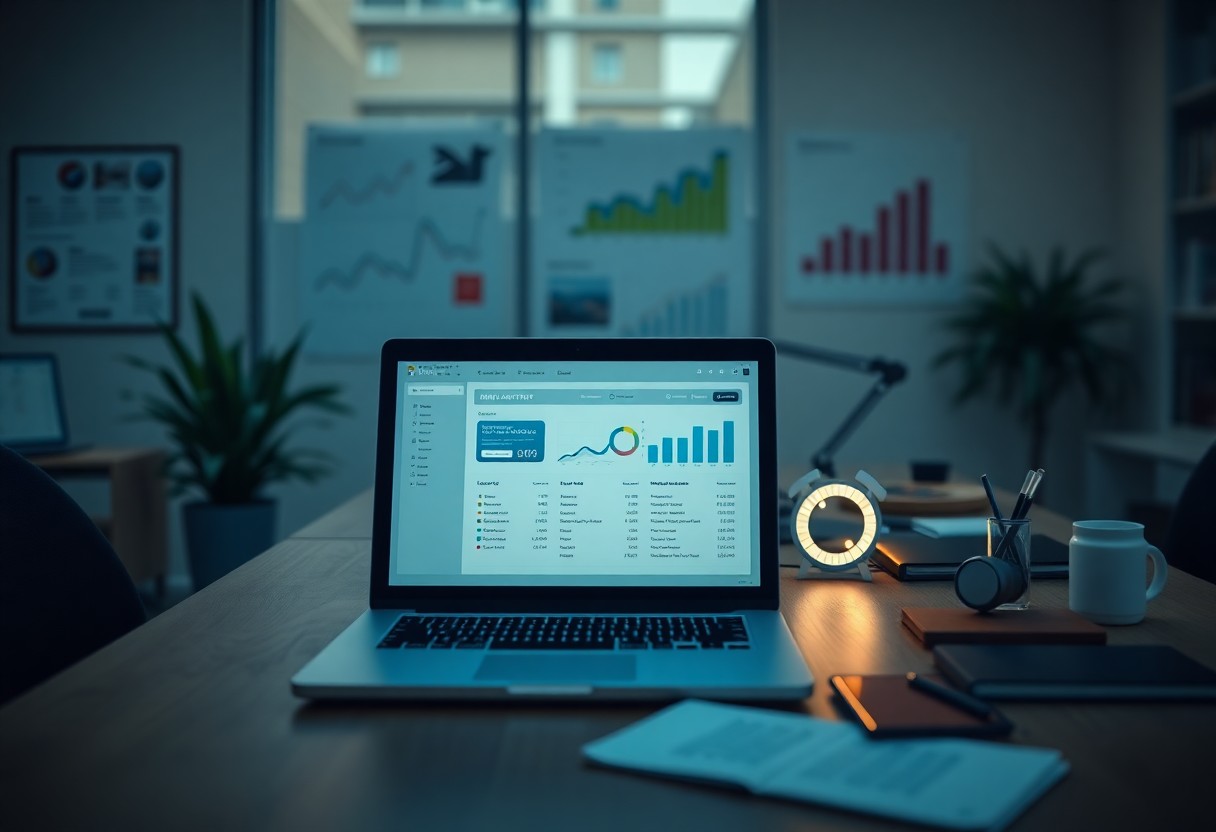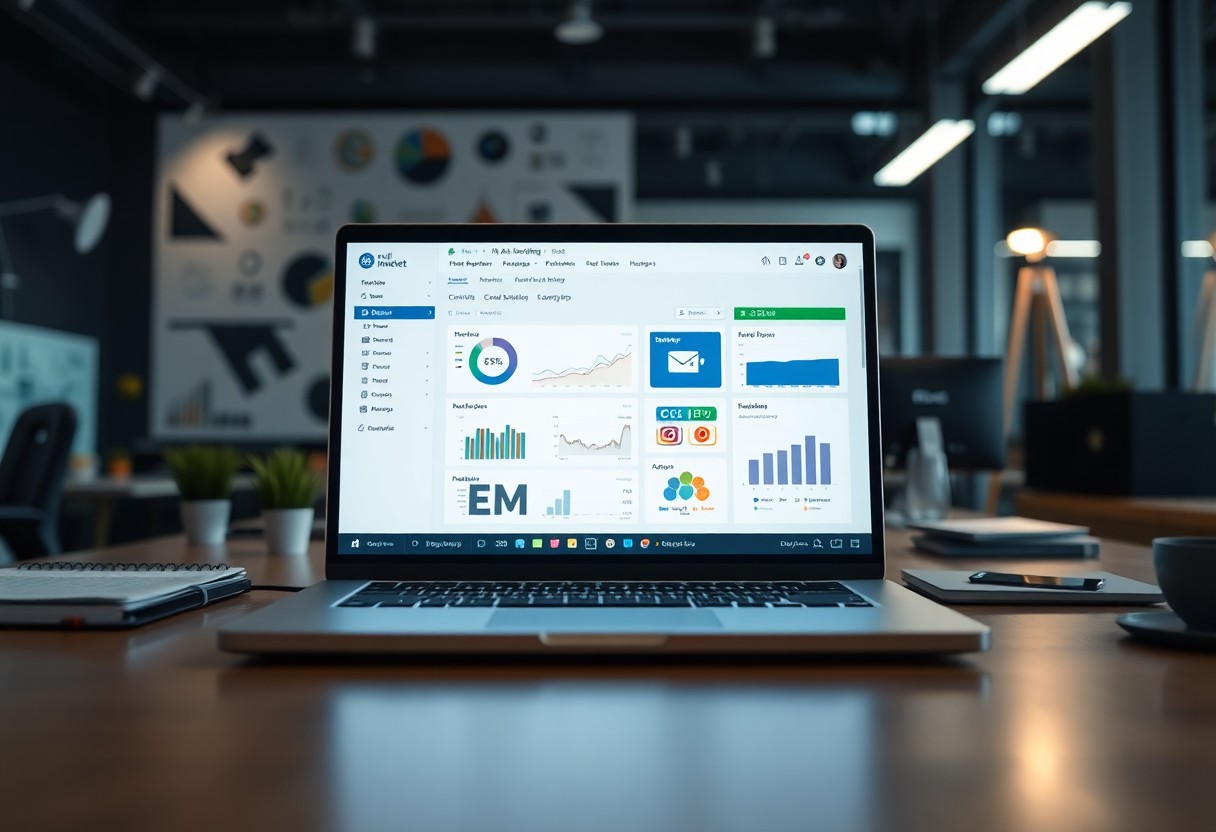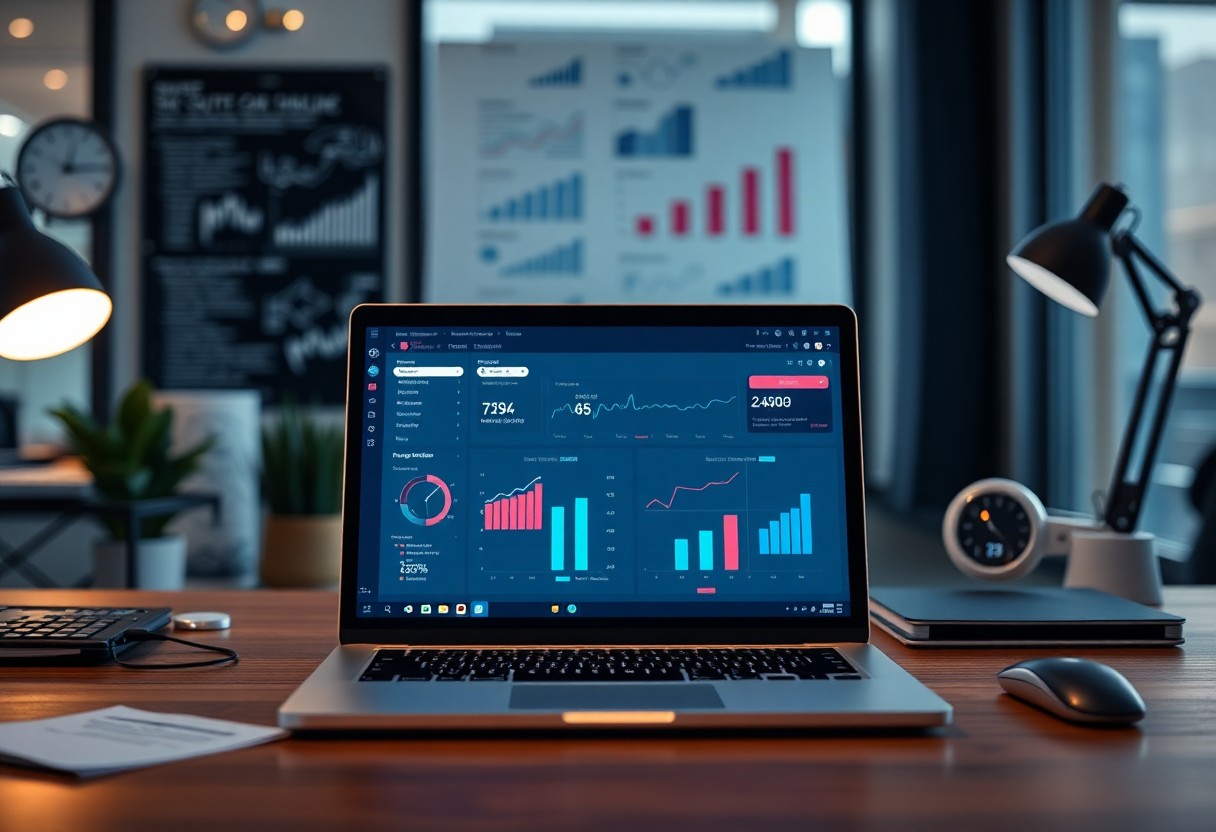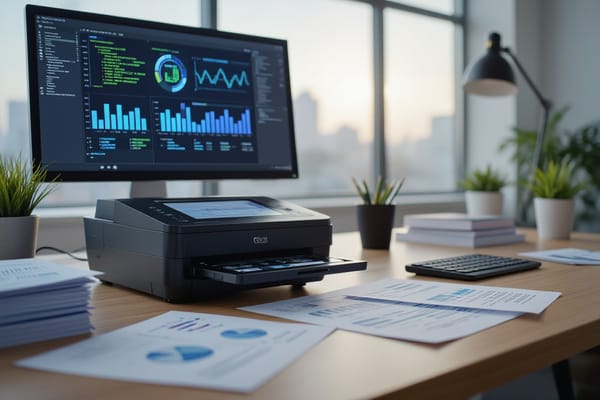Email Marketing Automation: Complete Guide 2025

Email marketing automation can transform your business operations and maximize your ROI with minimal hands-on effort. As you navigate the evolving digital landscape, implementing automated email campaigns becomes imperative for scaling your marketing efforts effectively. Your journey into email automation will unlock personalized customer experiences, timely engagement, and data-driven decision-making capabilities. This comprehensive guide will walk you through everything you need to know about email marketing automation in 2025, from basic setup to advanced strategies that deliver results.

Key Takeaways:
- Personalization and segmentation stand at the forefront of successful email automation, enabling targeted messaging that resonates with specific audience segments
- Integration of AI-powered tools enhances campaign performance through predictive analytics, optimal send times, and dynamic content adaptation
- Mobile-first design approach is imperative in 2025, with over 70% of emails being opened on mobile devices
- Automated customer journey mapping creates seamless experiences from welcome series to re-engagement campaigns, increasing lifetime customer value
- Data privacy compliance and transparent opt-in processes build trust while maintaining high deliverability rates in automated email campaigns
Understanding Email Marketing Automation
Before you explore email marketing automation, you need to grasp its fundamentals as a strategic approach that transforms how businesses communicate with their audience. Email marketing automation combines technology and personalization to deliver targeted messages to your subscribers at the right time, maximizing engagement and conversions while reducing manual effort.
Definition and Importance
On a basic level, email marketing automation refers to the use of software to send targeted, time-triggered emails to subscribers based on their actions, preferences, and behaviors. Your business can benefit from improved efficiency, consistent communication, and enhanced customer relationships while saving valuable time and resources.
Types of Email Marketing Automation
| Automation Type | Purpose |
|---|---|
| Welcome Series | Introduce new subscribers to your brand |
| Abandoned Cart | Recover potential lost sales |
| Post-Purchase | Build customer loyalty and satisfaction |
| Re-engagement | Activate dormant subscribers |
| Birthday/Anniversary | Celebrate milestones with customers |
Email automation workflows can be categorized into several types:
- Welcome sequences for new subscribers
- Behavioral triggers based on website activity
- Purchase follow-ups and recommendations
- Customer lifecycle communications
- Though advanced segmentation enables personalized experiences
Another perspective on automation types:
| Feature | Benefit |
|---|---|
| Drip Campaigns | Nurture leads systematically |
| Dynamic Content | Personalize messaging automatically |
| List Segmentation | Target specific audience groups |
| A/B Testing | Optimize email performance |
| Analytics Tracking | Measure campaign success |
Step-by-Step Guide to Implementing Email Marketing Automation
It's time to transform your email marketing strategy with automation that drives results. Your journey to successful implementation requires careful planning and execution across multiple stages.
| Planning Phase | Audience segmentation, goal setting, content strategy |
| Technical Setup | Tool selection, integration, template creation |
Choosing the Right Tools
The success of your email automation strategy depends heavily on selecting the appropriate software platform. You'll need to evaluate options based on your business size, budget, and specific requirements like CRM integration, analytics capabilities, and user-friendly interface.
Setting Up Automated Campaigns
You can start by creating welcome sequences, followed by targeted nurture campaigns based on subscriber behavior. Map out your customer journey to identify key touchpoints where automated emails will have the most impact.
StepbyStep implementation begins with defining trigger points in your customer journey. You'll then create email templates, set up tracking metrics, and establish workflow rules. Test each automation sequence with a small segment before rolling out to your entire list, and regularly monitor performance metrics to optimize your campaigns.
Key Factors to Consider for Successful Automation
After implementing email marketing automation, you need to focus on several necessary elements to maximize your results.
- Clear campaign objectives
- Detailed audience segmentation
- Strategic timing and frequency
- Quality content creation
- Performance tracking metrics
Assume that your automation strategy will require continuous refinement based on performance data and audience engagement patterns.
Audience Segmentation
Successful email automation relies on your ability to divide your subscriber base into specific groups based on their behaviors, preferences, and characteristics. You'll achieve higher engagement rates when you tailor your messages to match each segment's unique needs and interests. Your segmentation strategy should evolve as you gather more data about your subscribers' interactions with your content.
Timing and Frequency
Audience engagement patterns will guide your optimal sending schedule. You need to analyze when your subscribers are most likely to open and interact with your emails. Your automation sequences should respect your audience's preferences while maintaining consistent communication without overwhelming their inbox.
A well-planned sending schedule considers your subscribers' time zones, daily routines, and previous engagement data. You can optimize your delivery times by testing different schedules and monitoring open rates. Your automation platform should allow you to set specific delays between messages, ensuring each email has enough time to make an impact before the next one arrives.

Tips for Optimization and Best Practices
Your email marketing success depends on continuous refinement and adaptation to changing consumer behaviors. Focus on maintaining clean email lists, optimizing send times, and crafting compelling subject lines. Consider implementing mobile-responsive designs, segmenting your audience effectively, and monitoring key performance metrics. This comprehensive approach ensures maximum engagement and ROI from your email campaigns.
Personalization Techniques
Some of the most effective personalization strategies go beyond using first names. You can leverage customer data to customize content based on past purchases, browsing history, and demographic information. Incorporate dynamic content blocks that change according to user preferences and behaviors. This targeted approach helps you deliver more relevant messages to your subscribers.
A/B Testing Strategies
Little changes can make a big difference in your email performance. Test various elements like subject lines, preview text, call-to-action buttons, images, and send times. You should focus on testing one element at a time to clearly identify what drives better results. This methodical approach helps you make data-driven decisions for your campaigns.
Techniques for effective A/B testing include splitting your audience into representative samples, running tests for statistically significant periods, and analyzing results across different segments. You can start with a 50/50 split test of your audience to compare two variations. Once you identify the winning version, implement these insights across your broader email marketing strategy for improved engagement rates.

Pros and Cons of Email Marketing Automation
Once again, email marketing automation has transformed how businesses communicate with their audience. While offering significant benefits for scaling your marketing efforts, it also presents certain challenges you'll need to navigate. For a comprehensive understanding of modern email marketing tactics, check out this Email Marketing Guide in 2025: Strategies and Tips for Success.
| Time-saving workflows | Initial setup complexity |
| Consistent messaging | Technology learning curve |
| Personalized content delivery | Potential technical glitches |
| Enhanced customer engagement | Regular maintenance needed |
| Better lead nurturing | Cost considerations |
| Improved analytics | Risk of impersonal touch |
| Higher ROI | Content creation demands |
| Scalable operations | Integration challenges |
Advantages of Automation
If you're looking to scale your email marketing efforts, automation provides you with powerful tools to reach your goals. You'll benefit from increased efficiency, better targeting, and improved customer engagement while reducing manual work. Your campaigns can run 24/7, delivering the right message to the right person at the right time.
Disadvantages to Consider
Little do many marketers realize that automation isn't a "set it and forget it" solution. You'll need to invest time in initial setup, regular monitoring, and content creation. Your automated campaigns might sometimes feel less personal than manually crafted messages.
To overcome these challenges, you'll need to maintain a balance between automation and personalization. Your success depends on regular testing, updating, and refining your automated workflows. Consider starting with simple automation sequences and gradually expanding as you become more comfortable with the technology.
Final Words
So, as you venture into email marketing automation for 2025 and beyond, you'll find that mastering these strategies can transform your business communication landscape. Your journey to automated success doesn't have to be complex - start small, test thoroughly, and scale what works. By implementing the techniques covered in this guide, you can create more meaningful connections with your audience while saving valuable time and resources. For deeper insights into consumer behavior and marketing strategies, check out this comprehensive marketing research study on consumer positioning and engagement.
FAQ
Q: What is email marketing automation and how does it work in 2025?
A: Email marketing automation is a system that sends targeted, personalized emails to subscribers based on specific triggers, behaviors, or schedules. In 2025, it utilizes advanced AI algorithms, customer data analysis, and behavioral tracking to deliver relevant content automatically. The system manages subscriber segmentation, email scheduling, and performance tracking without manual intervention.
Q: What are the main benefits of implementing email marketing automation for businesses?
A: Email marketing automation provides multiple advantages including increased ROI, time savings of up to 80% compared to manual campaigns, improved customer engagement through personalized content, better lead nurturing, and detailed analytics. It also enables businesses to maintain consistent communication while reducing human error and operational costs.
Q: How can I measure the success of my automated email marketing campaigns?
A: Success can be measured through various metrics including open rates, click-through rates (CTR), conversion rates, revenue generated, subscriber growth, and engagement levels. Modern automation platforms offer comprehensive dashboards with real-time analytics, A/B testing results, and customer journey mapping to track campaign performance effectively.
Q: What types of automated email sequences should businesses implement in 2025?
A: Essential automated sequences include welcome emails for new subscribers, abandoned cart recovery messages, post-purchase follow-ups, re-engagement campaigns for inactive subscribers, birthday/anniversary emails, product recommendations based on browsing history, and educational content series. Each sequence should be customized according to your industry and target audience.
Q: How can I ensure my automated emails don't end up in spam folders?
A: To maintain high deliverability rates, maintain clean email lists through regular validation, use double opt-in processes, follow email design best practices, maintain consistent sending schedules, optimize subject lines, include clear unsubscribe options, and ensure compliance with email regulations like GDPR and CAN-SPAM Act. Regular monitoring of spam scores and engagement metrics helps maintain inbox placement.



